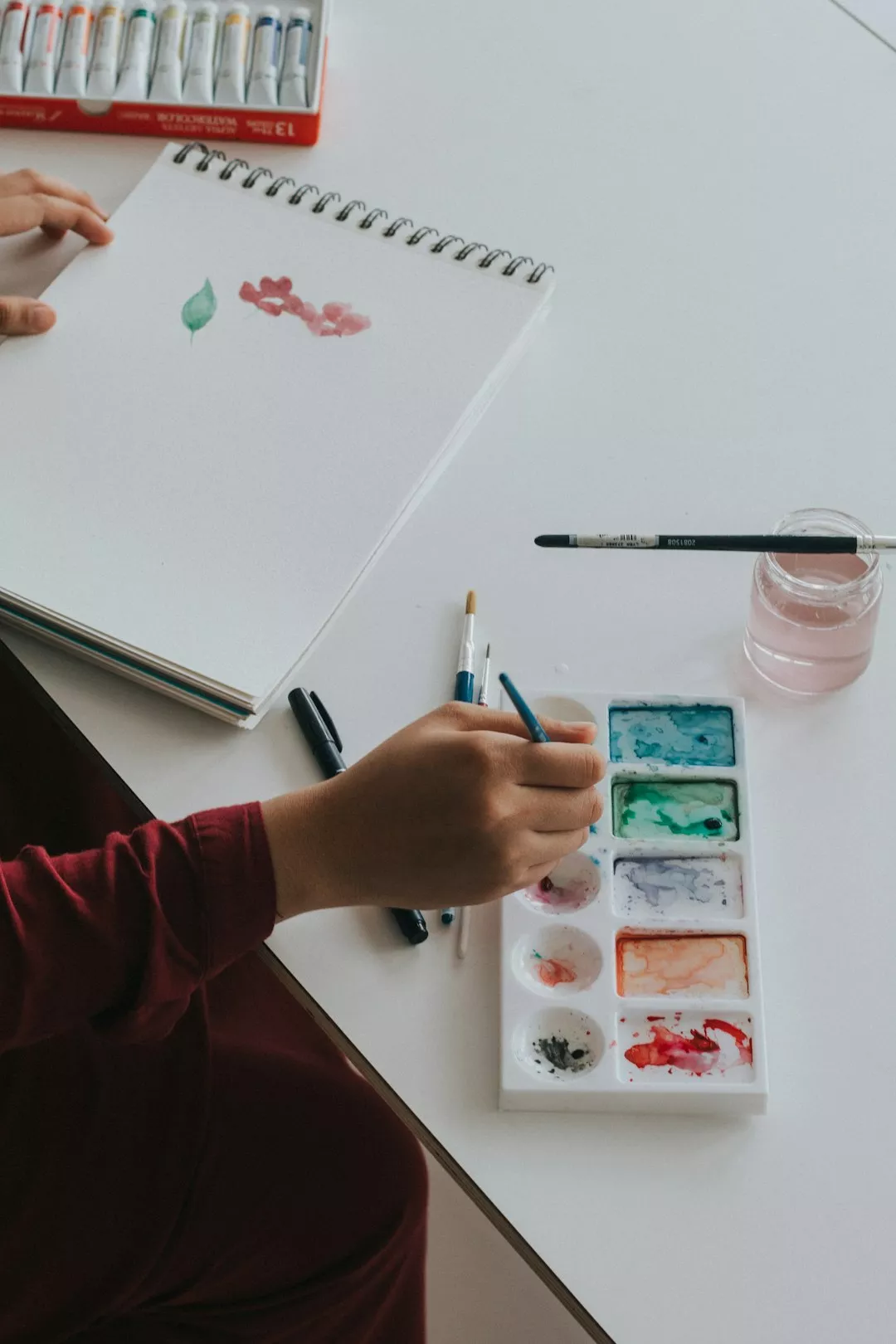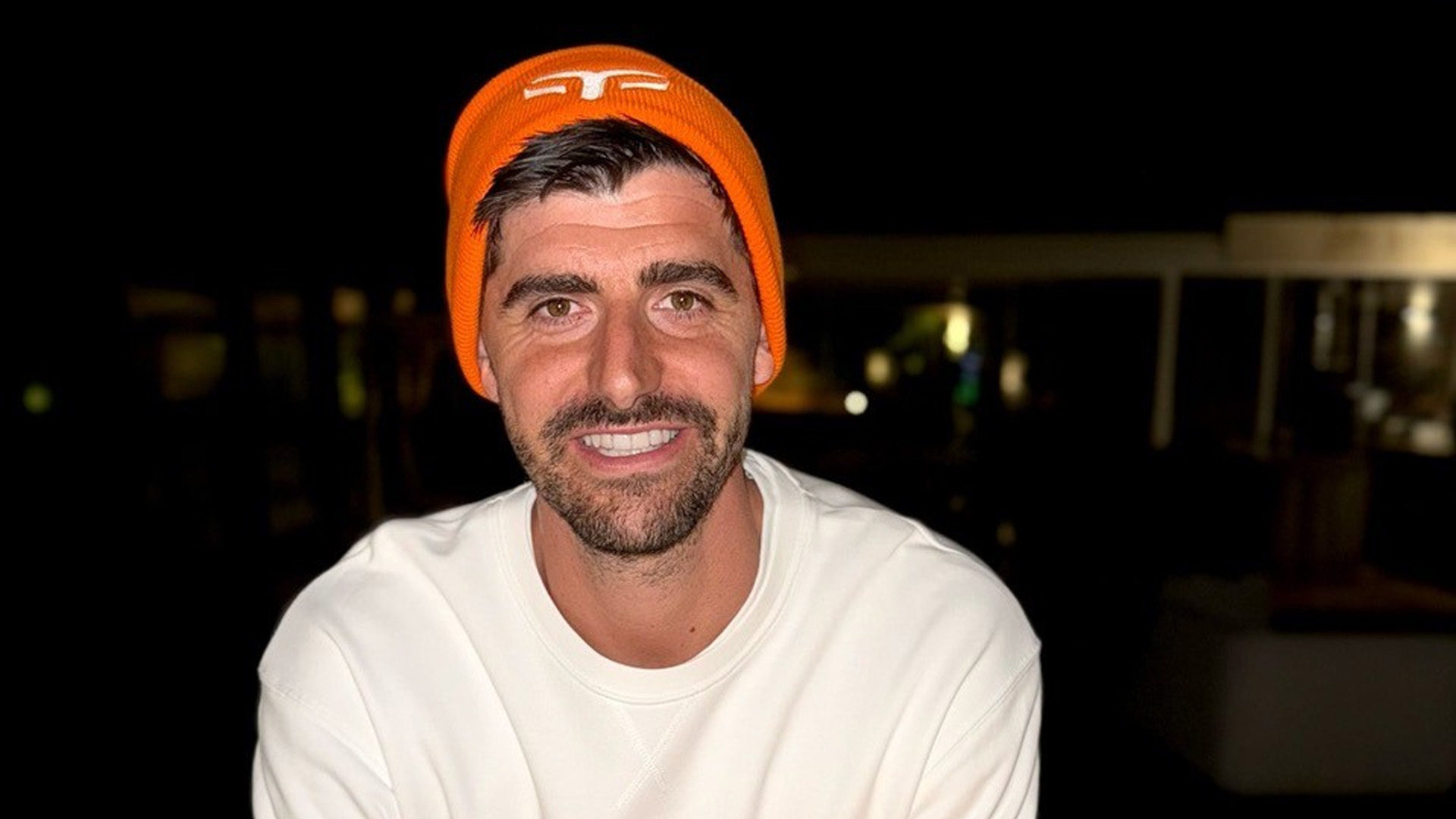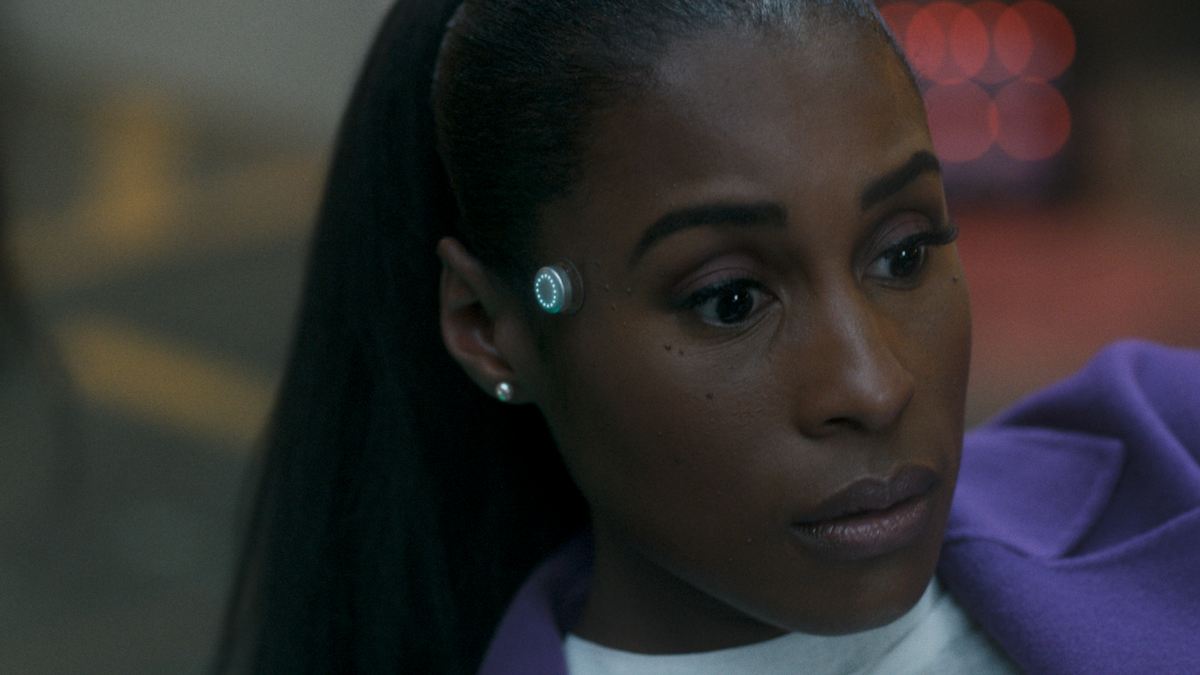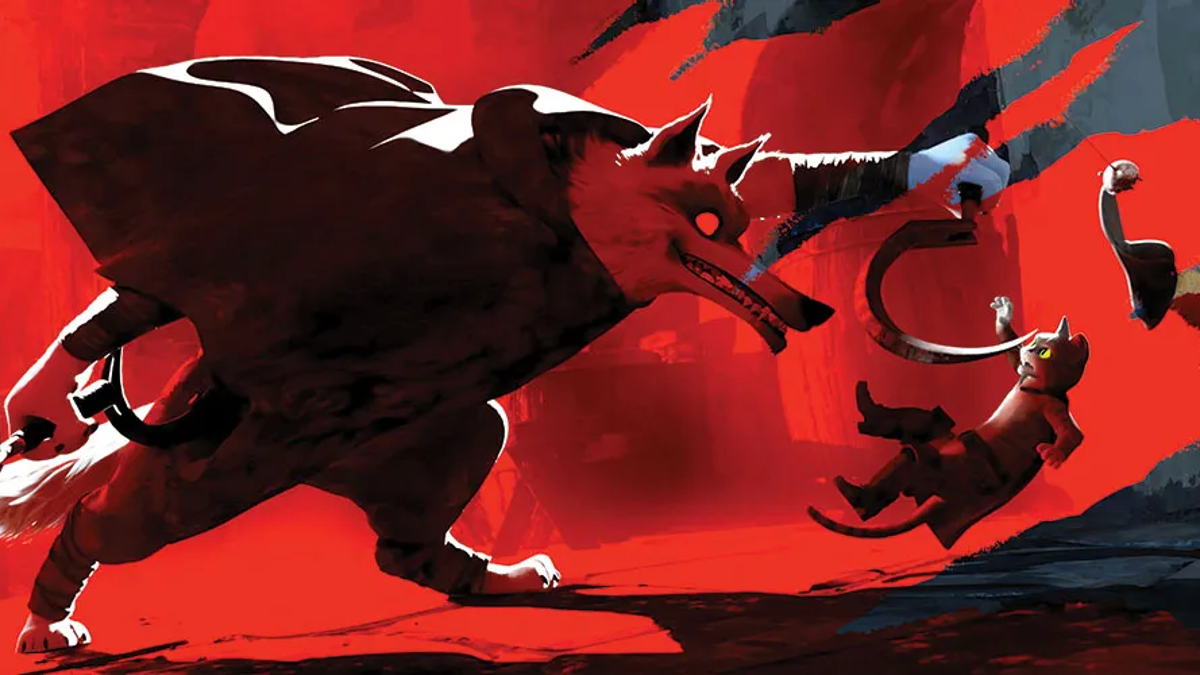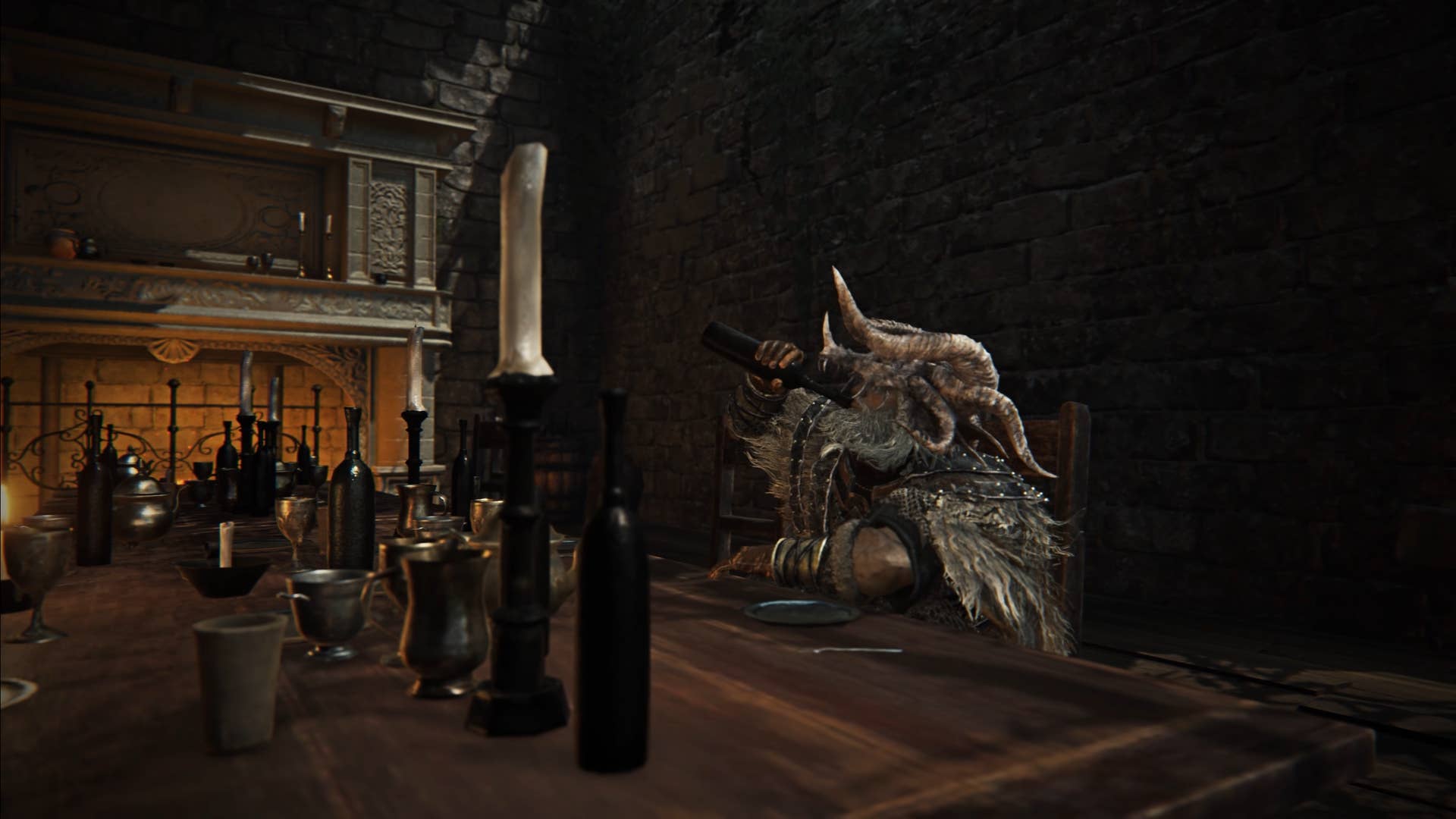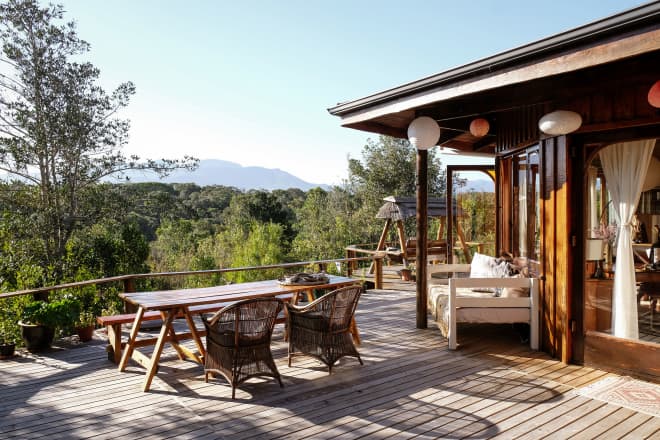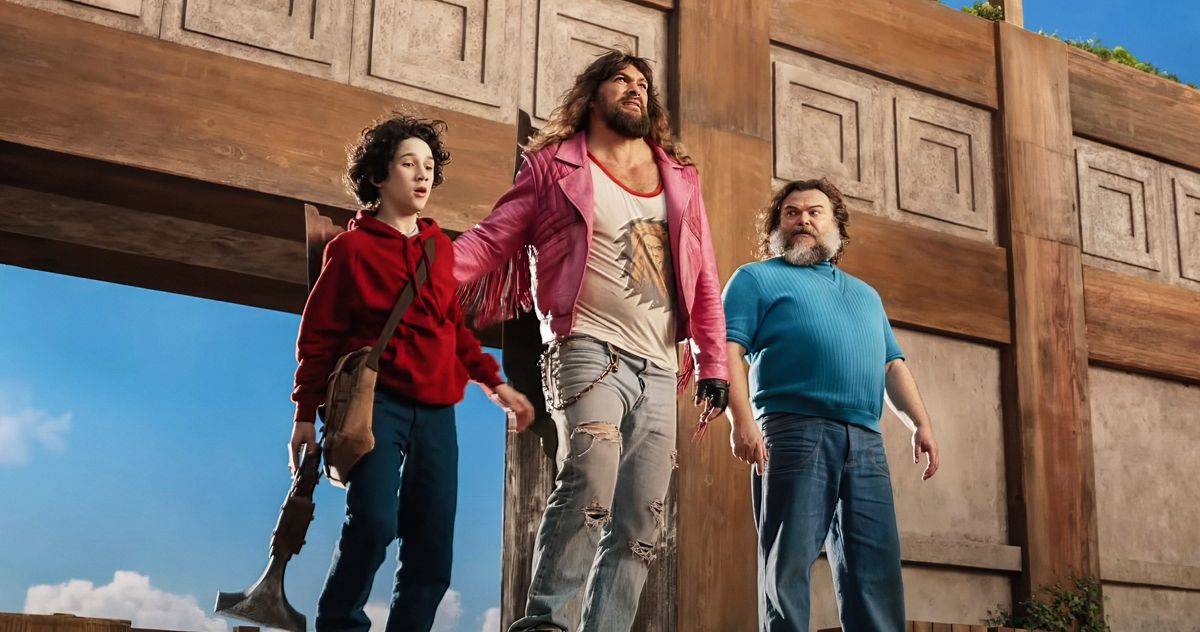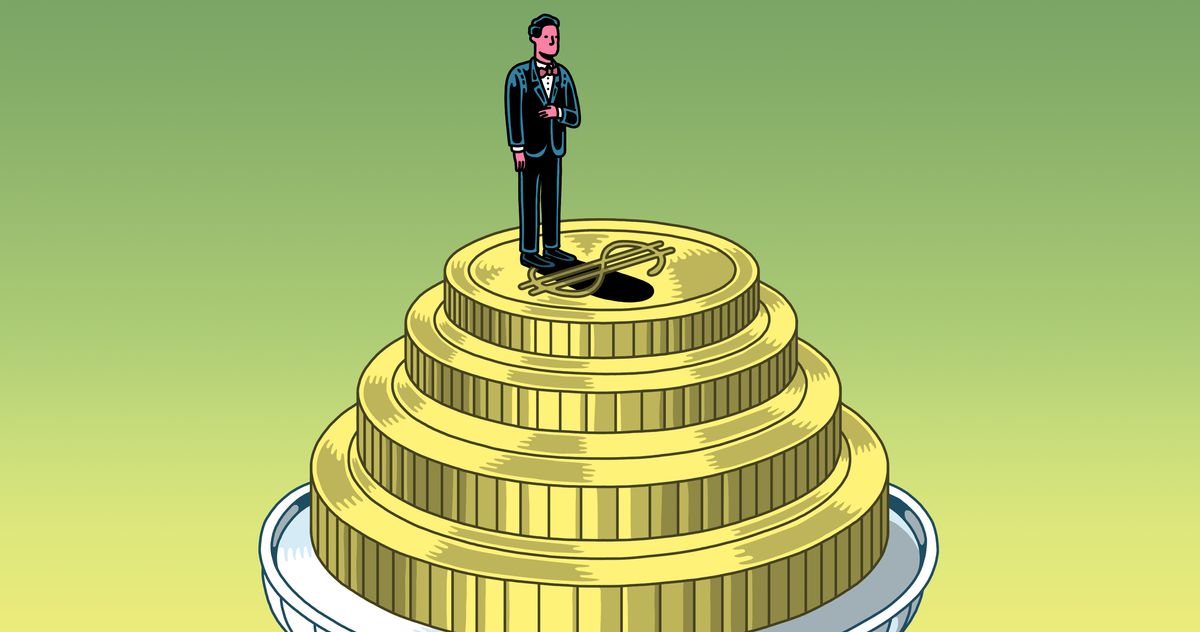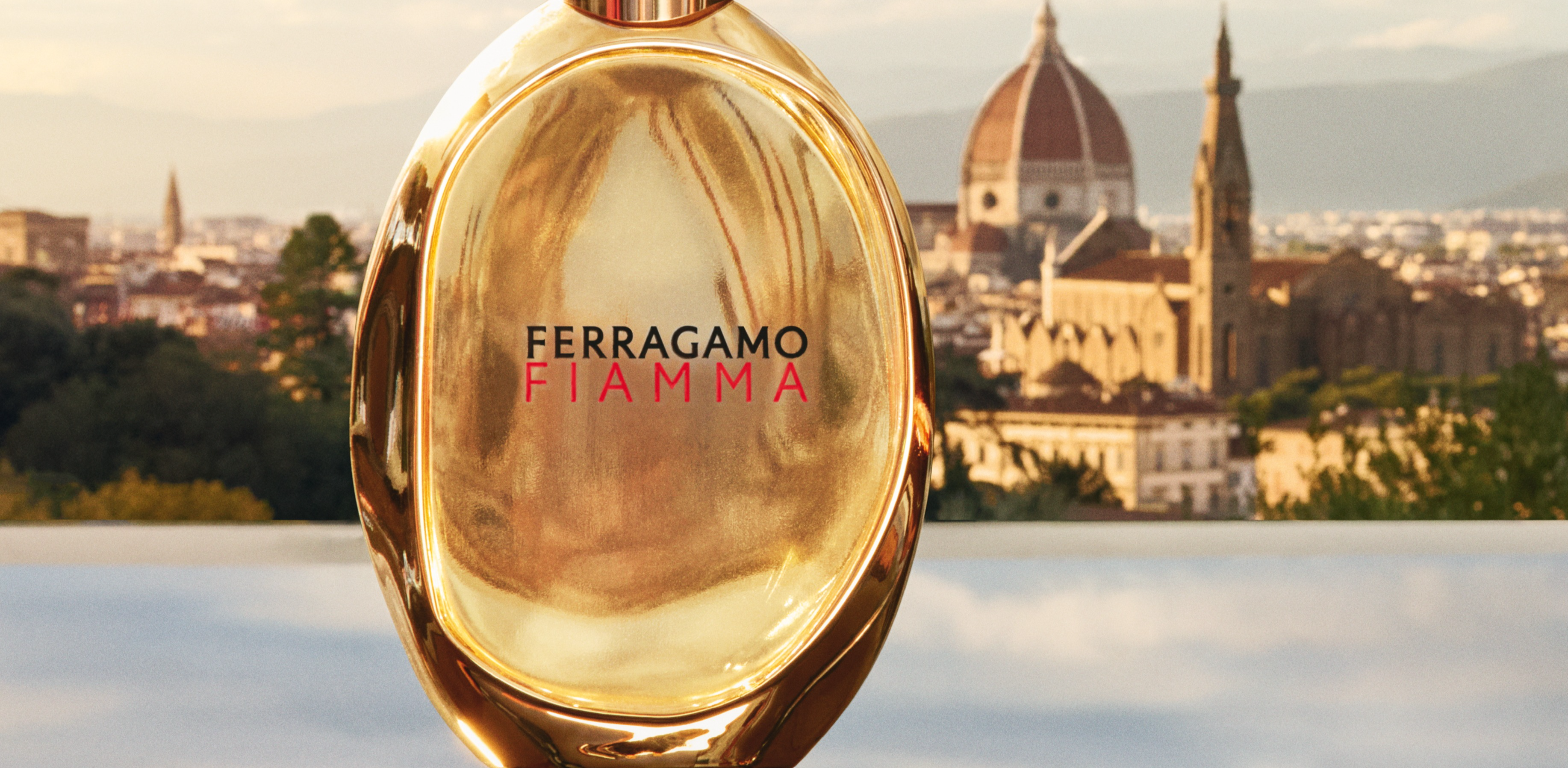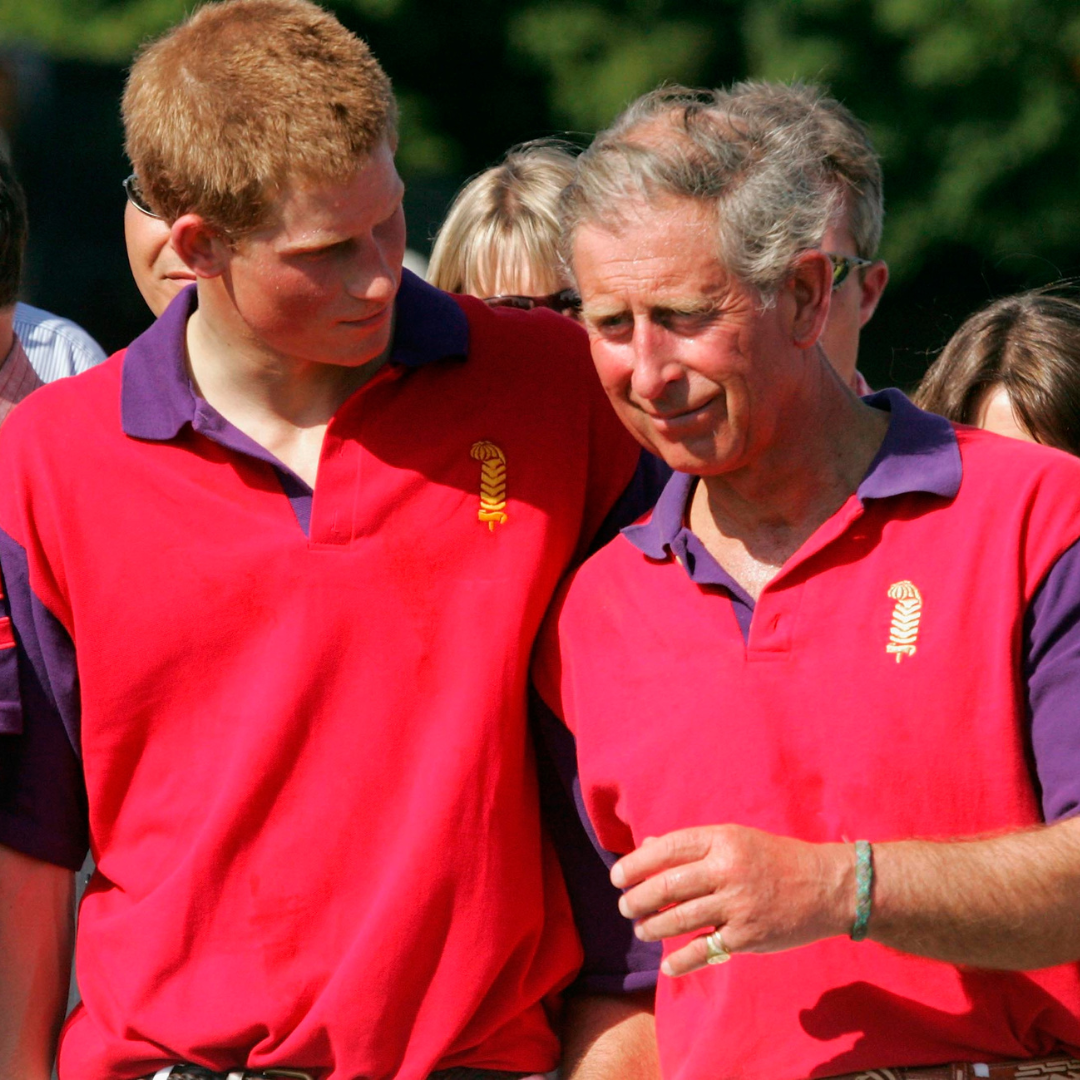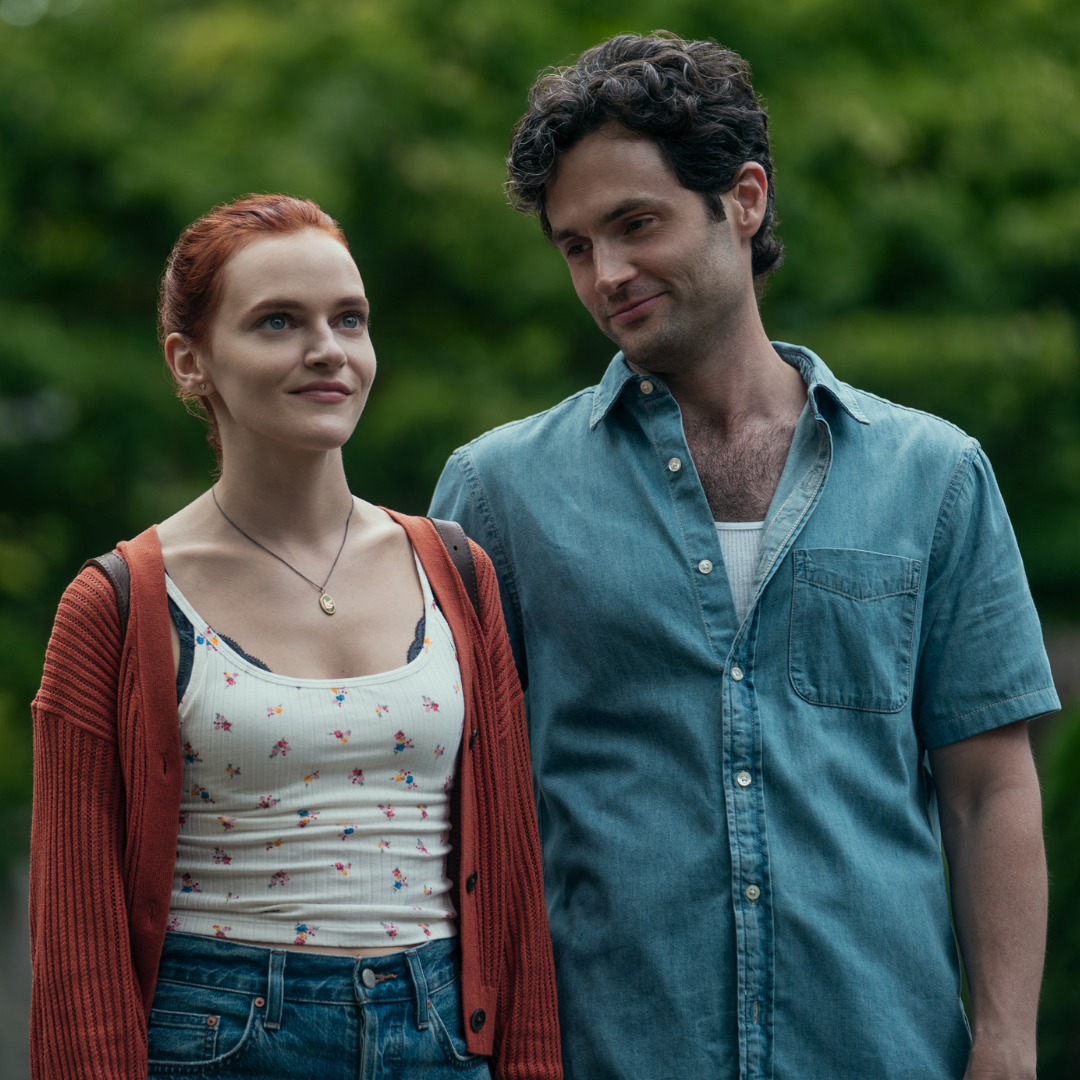The top 16 things to do in Warsaw
The city of Warsaw blends a deep respect for the past with a bold optimism for the future. Here are the top things to do in Poland's vibrant capital.

The vibrant capital of Poland, the city of Warsaw blends a deep respect for the past with a bold optimism for the future. You’ll sense the city’s forward-thinking perspective in the UNESCO-listed Old Town, brought back from wartime ruin following the world’s most impressive restoration project, and in the city’s striking modern skyline, where skyscrapers rise alongside historic landmarks.
While Krakow may be known as Poland's most picturesque city, dynamic Warsaw has a lively, fast-paced atmosphere that encapsulates the country’s positive spirit. Here are 16 of the best things to do in Warsaw for an unforgettable trip.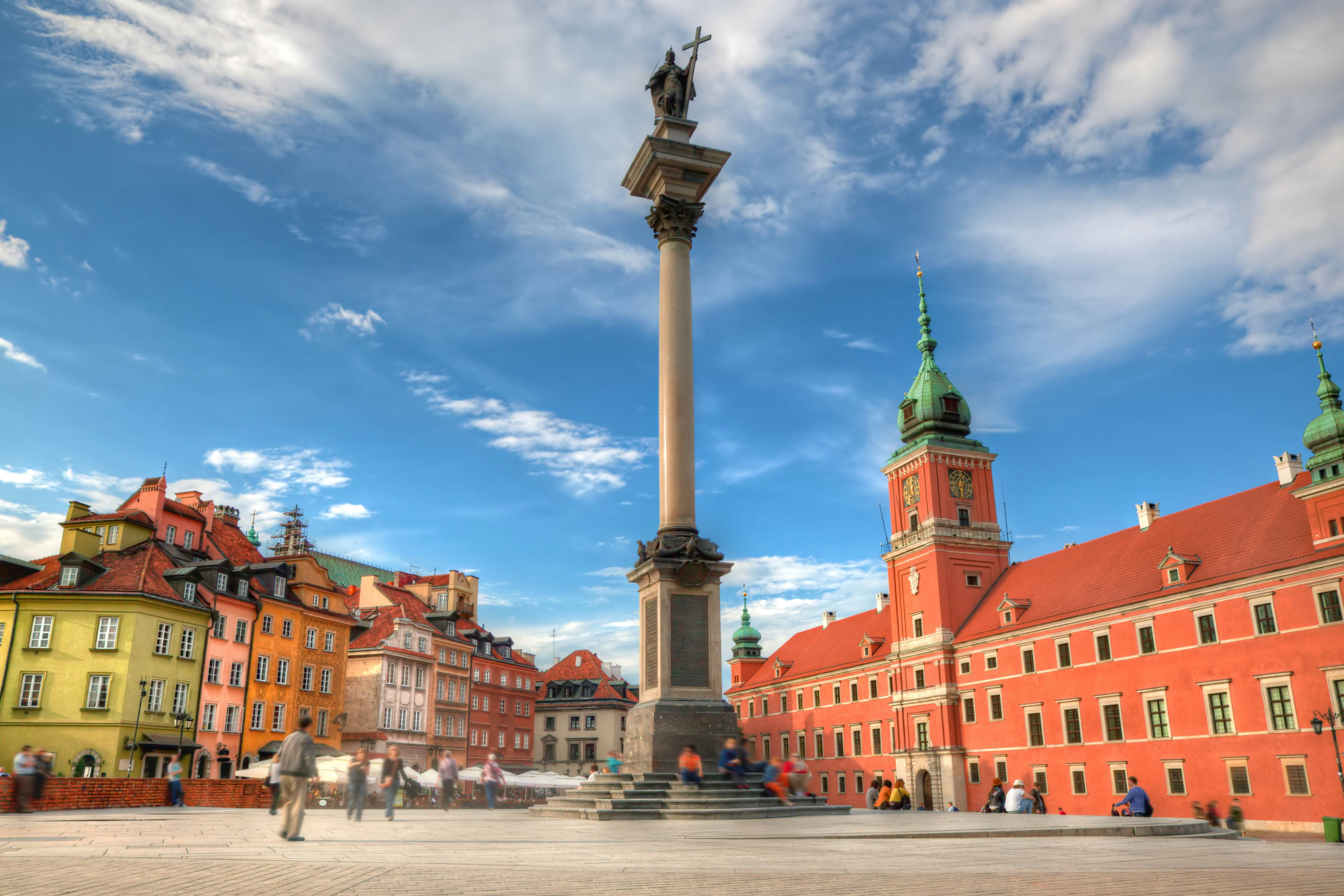
1. Tour the magnificently restored Royal Castle
Warsaw’s imposing Royal Castle was destroyed by the German bombing in WWII but it was spectacularly restored in the 1970s and filled with authentic period furniture and artworks. The interiors have largely been returned to their 17th- and 18th-century grandeur, offering a glimpse of Poland’s golden age.
Highlights include the magnificent Great Assembly Hall, with dazzling gilded stucco and golden columns, and the National Hall with six huge canvases depicting pivotal scenes from Polish history. The Marble Room has trompe l’oeil paintwork and portraits of Polish kings, from Bolesław Chrobry to Stanisław August Poniatowski.
Be sure to check out the 22 paintings in the Canaletto Room – these important landscapes were used as a reference during the reconstruction of Warsaw’s historic buildings.
Planning tip: Beyond the architecture, don’t miss the Lanckoroński Collection, with two famous portraits by Rembrandt – Girl In a Picture Frame and Scholar at this Writing Table – and X-ray images showing what lies beneath the paint.
2. See history imaginatively interpreted at the Museum of Warsaw
On the north side of the Old Town Market Square, the superb Museum of Warsaw tells the city’s dramatic history in innovative and engaging ways. Start with the infographics in the cellar and then work your way through the core exhibition, which displays 7352 objects in 21 themed rooms, ranging from photographs and postcards to clothing and patriotic items.
Planning tip: Head to the 5th floor for a bird’s-eye view out over the Old Town and New Town rooftops. On the ground floor is the Kino Syrena, screening documentaries and arthouse movies.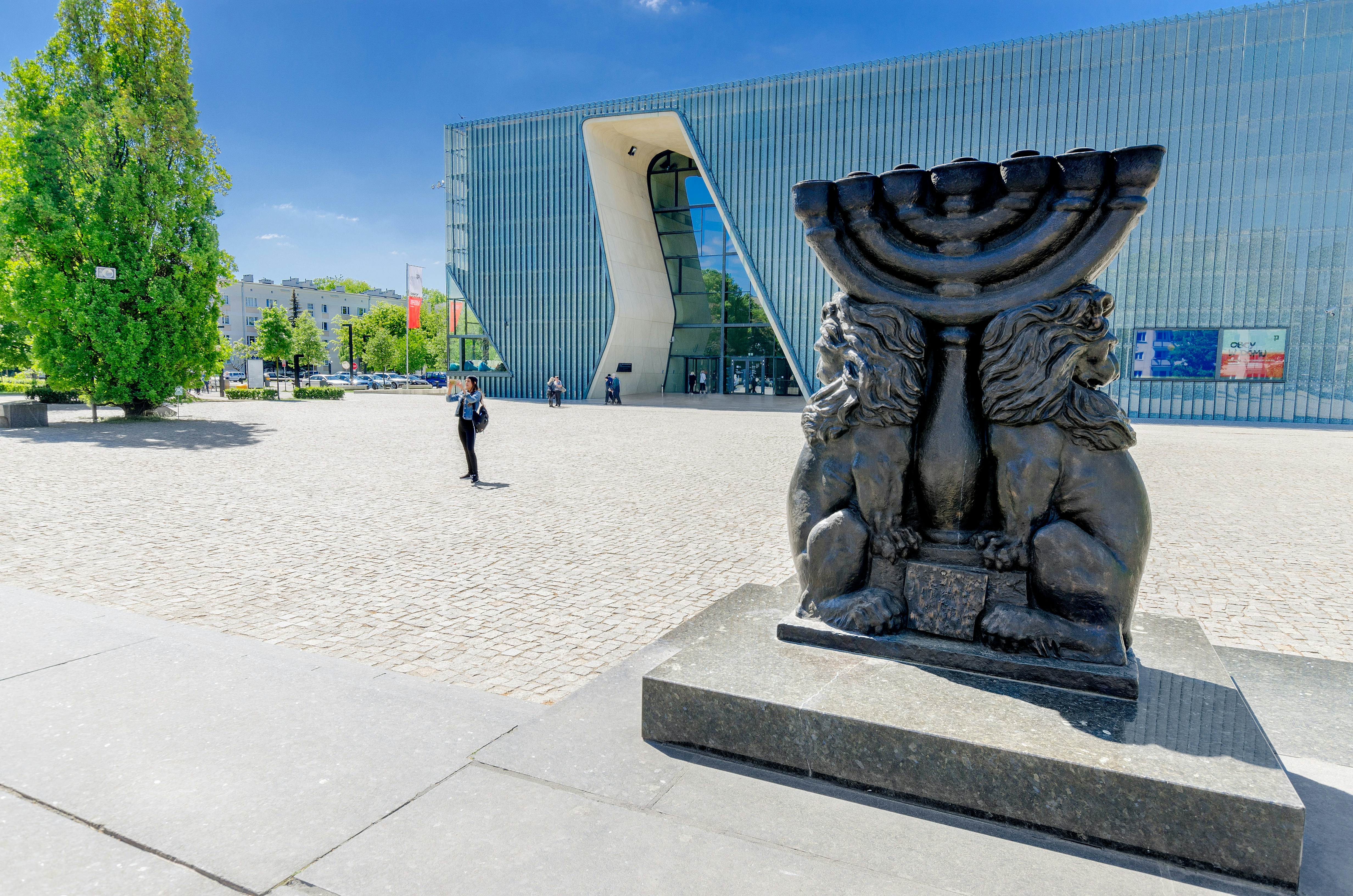
3. Visit the award-winning POLIN Museum of the History of Polish Jews
Set inside one of Warsaw’s most striking contemporary buildings, the POLIN Museum of the History of Polish Jews documents more than 1000 years of Jewish history in Poland. This extensive multimedia exhibition includes accounts of the earliest Jewish traders to visit Poland, exploring waves of migration, progress and pogroms. There’s a lot to digest in one go, so take a break midway through in the museum’s cafe.
A highlight is a reconstruction of the polychromatic painted ceiling and bimah (raised central platform for reading the Torah) from the synagogue that once stood in Gwoździec, today part of Ukraine. You can also listen to the voice of the “Jewish Caruso” – cantor Gershon Sirota, who sang in the Great Synagogue that stood near Warsaw’s City Hall before WWII.
Planning tip: Outside the museum is Nathan Rapoport’s powerful Ghetto Heroes Monument, erected in 1948 when the surrounding city still lay in ruins.
4. Take a boozy tour at the Polish Vodka Museum
The eye-catching Koneser is a handsome complex of revamped 19th-century brick industrial buildings that once housed a vodka distillery, a wine store and the Polish state mint. Today, the site has been imaginatively redeveloped, with shops, restaurants, small museums, apartments and offices.
The best reason to head here is to explore the Polish Vodka Museum where you can join an entertaining and interactive tour devoted to this famous local spirit. Hour-long tours led by English-speaking guides leave at 40 minutes past the hour, finishing with a tasting of three types of vodka (plus the chance to buy more).
Planning tip: On the museum’s 3rd floor, the stylish ¾ Koneser cocktail bar has an outdoor terrace with good views over the Koneser complex. If you like the feel of the place, you can stay here at Moxy Warsaw Praga; public areas feel like a romper room for adults, with games, toys and cool, colorful decor, while the rooms have a more sober and soothing design.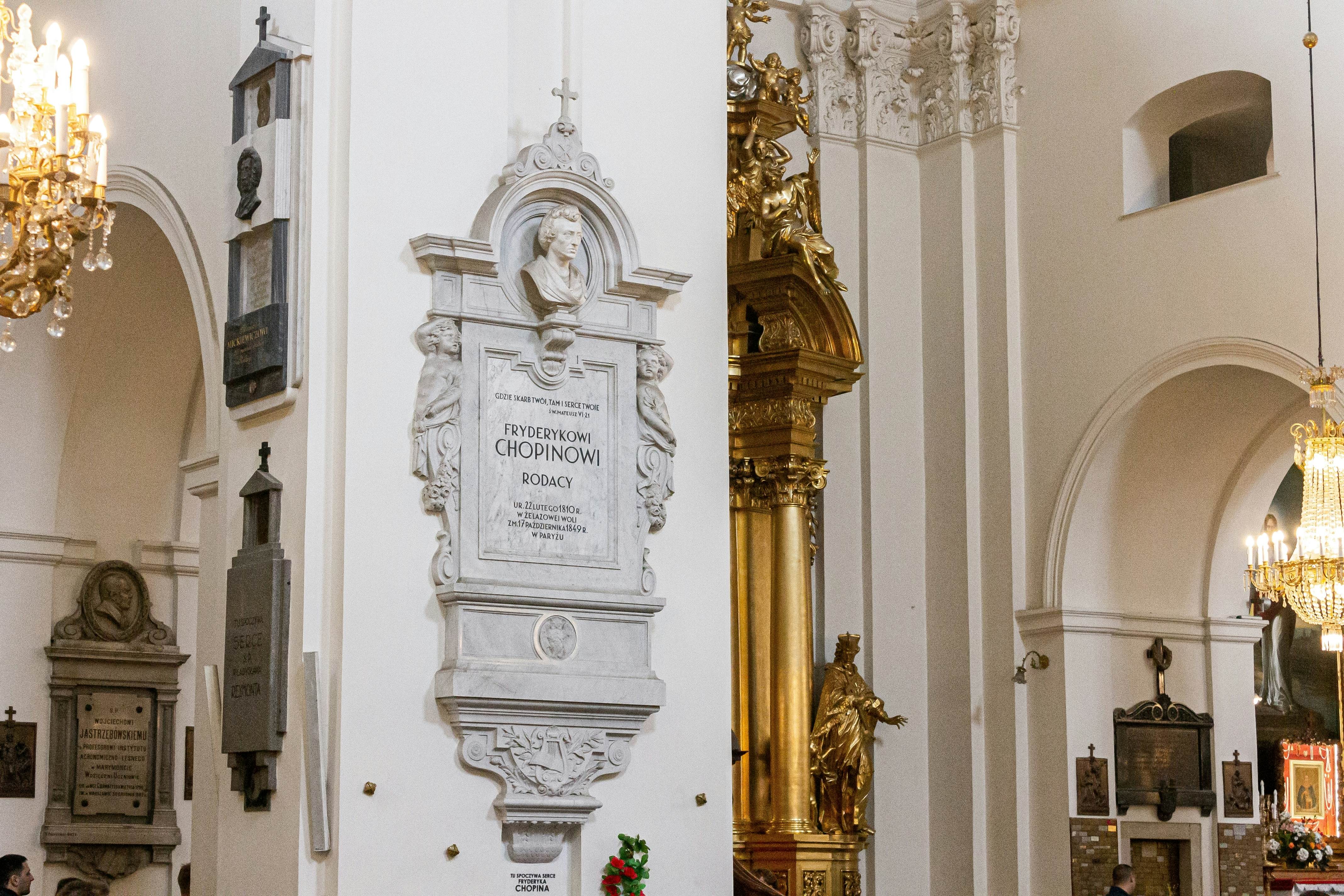
5. Waltz along the Royal Way
The Royal Way is the name of the historic road that starts in Krakowskie Przedmieście and leads to the King’s summer residence in Wilanów. It’s lined with landmarks associated with Chopin and wonderful examples of Poland’s historic architecture.
Start at the neoclassical monument to Poland’s great Romantic poet, Adam Mickiewicz; it was designed by Cyprian Godebski and unveiled on the 100th anniversary of the poet’s birth. Nearby is the Presidential Palace, where Chopin is said to have given his first public performance at the age of eight.
The palace’s grand entrance is guarded by four stone lions and an equestrian statue of Prince Józef Poniatowski. Next door is the storied Hotel Bristol – at this landmark hotel, the Cafe Bristol has been serving fine coffee, pastries and cakes since 1901.
Continue to Warsaw University, reached via a decorative gate topped by the Polish eagle. Step inside the campus to find the Kazimierz Palace, where Chopin’s father taught French and where the budding young musician studied. Return to Krakowskie Przedmieście to enter the gorgeous Church of the Holy Cross, which houses a jar containing Frédéric Chopin’s heart in a pillar on the left side of the nave.
Planning tip: Finish up your walk with a lunch of delicious pierogi (dumplings) at stylish Syrena Irena.
6. Wander through the moving Warsaw Rising Museum
A former tram power station houses the exceptional Warsaw Rising Museum, which traces the history of the city’s heroic but doomed uprising against the German occupation in 1944. With five floors of interactive displays, photographs, film archives and personal accounts, it’s an immersive, overwhelming experience that takes the better part of a day if you plan to see everything.
The largest exhibit, a life-size reproduction of the B-24J Liberator heavy bomber that was used to drop supplies for insurgents, fills much of the ground floor. You can also watch newsreels shot during the uprising, and a 3D film that recreates the view from a flight over the city in 1945 – you’ll be shocked to see how much of Warsaw was destroyed.
Planning tip: The surrounding Freedom Park includes a Wall of Remembrance, colorized photos of insurgents, a rose garden, and a gallery of contemporary artworks created by top Polish artists and inspired by the 1944 Rising.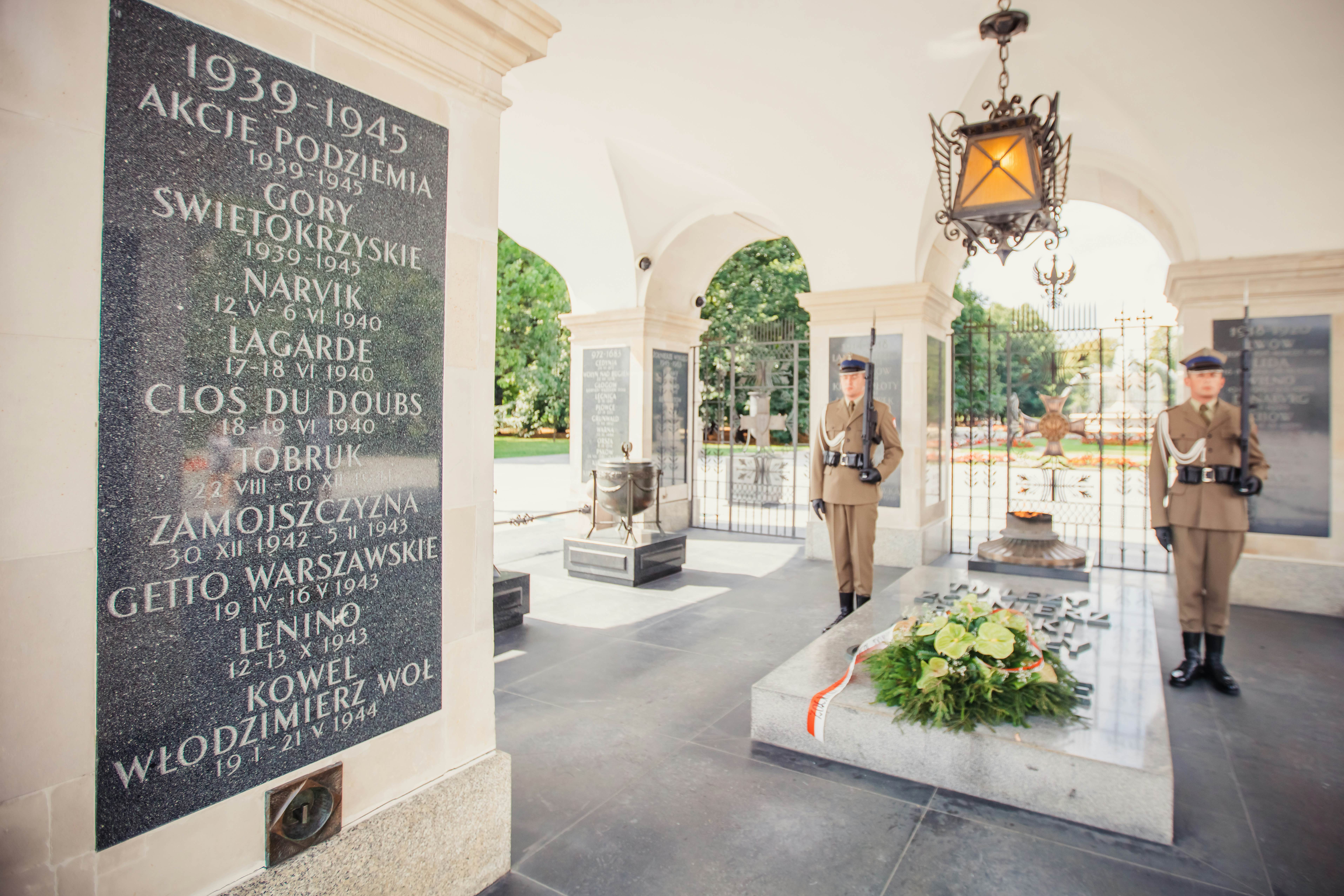
7. See the changing of the guard at the Tomb of the Unknown Soldier
Warsaw’s largest public square, Piłsudski Square is best visited for the changing-of-the-guard ceremony, which takes place every hour on the hour at the Tomb of the Unknown Soldier. On Sunday at noon, there’s a more elaborate ceremony featuring a trumpeter, a drummer and a platoon of soldiers in dress uniform.
The memorial was created in 1925 as part of the colonnade of the Saxon Palace, and it houses the remains of an unidentified soldier killed during the Battle of Lemberg in 1914. German forces destroyed most of the palace in 1944 – the only part that remains is the stump of the colonnade with the tomb.
Detour: Housed in an elegant neo-Renaissance building on the south side of Piłsudski Square is the Zachęta National Gallery of Art; it stages excellent temporary exhibitions of 20th- and 21st-century art.
8. Combine science and fun at the Copernicus Science Centre
Occupying a superb contemporary building beside the Vistula River, the fully interactive, push-the-buttons-and-see-what-happens Copernicus Science Centre pulls off that tricky feat of being both educational and hugely fun.
With more than 400 different exhibits and activities, there’s a lot to see and do here. A separate ticket is required for the Planetarium, which is reached via a separate entrance on the Vistula side of the building.
Planning tip: With over a million visitors a year, the Science Centre is incredibly popular; booking tickets in advance is highly recommended or you may find yourself waiting all day to enter. 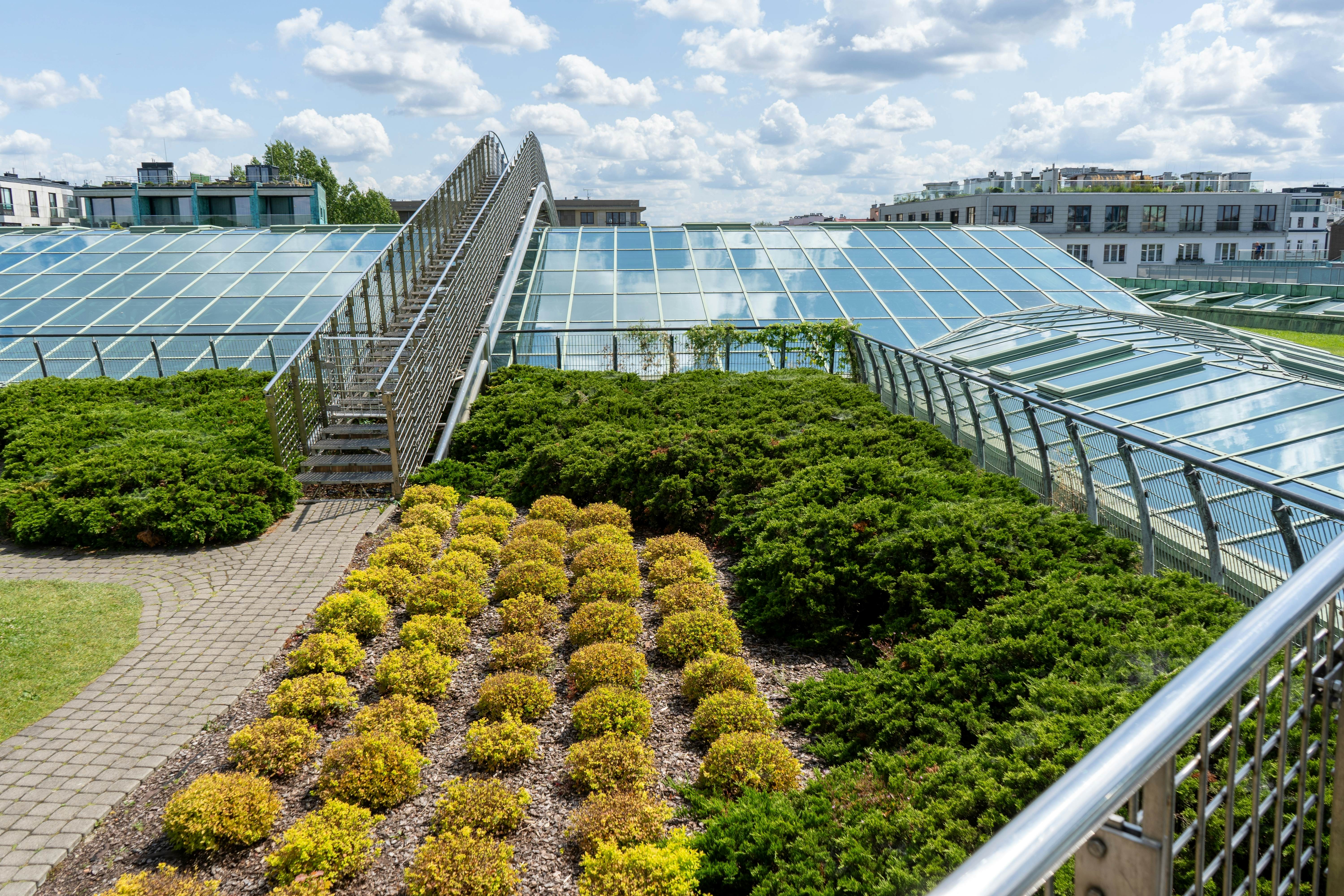
9. Admire the views from Warsaw University Library’s rooftop garden
With its stunning oxidized copper-clad facade and imaginatively designed rooftop garden, the Warsaw University Library is a highlight of the Powiśle district. This elevated green space covers 2000 sq meters (21.527 sq ft), poised above the University grounds.
Open from April to October, the garden provides a lush perch from which to admire the city skyline and views across the Vistula River to the Praga district. The garden is planted in color blocks and threaded with walkways, bridges and pergolas, while skylights provide views down into the library.
Along ul Dobra, the library’s exterior wall is lined with 7m-high (22ft) book-shaped slabs, decorated with classical texts in the Sanskrit, Hebrew, Arabic, Greek, Russian Cyrillic and Latin alphabets. Reach the rooftop garden at the rear of the building.
Planning tip: In the library lobby is the Polish Poster Gallery, where you can view and buy classic Polish graphic-design posters, both originals and copies.
10. Enjoy a performance at Teatr Wielki
For a magical night of entertainment, see what’s playing at the beautiful Teatr Wielki. Dating from 1833, destroyed in WWII and rebuilt to Antonio Corazzi’s original design in 1965, this magnificent building is home to the Polish National Opera and Ballet companies. The 1768-seat Moniuszko Auditorium is one of the world’s largest opera stages, and taking in a performance here is well worth the ticket price.
Planning tip: Classical music fans will also want to attend concerts at Filharmonia Narodowa, where you can catch performances by the world-famous Polish National Philharmonic Orchestra, the Choir of Poland and visiting orchestras.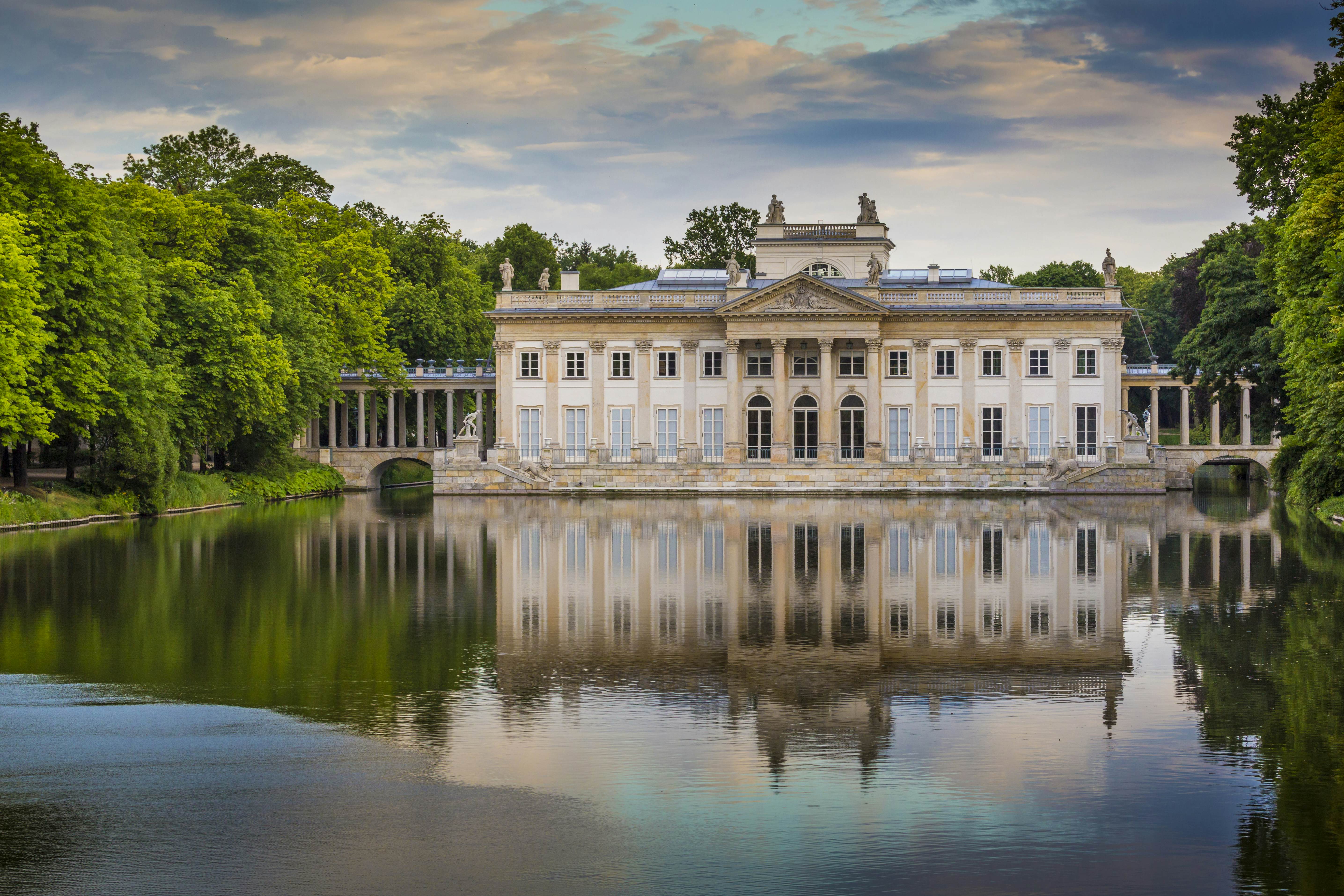
11. Walk the romantic gardens at Łazienki Park
The lush swathe of greenery that is Łazienki Park was once a hunting ground, before it was remodeled by King Stanisław August Poniatowski in 1764. Dotted across its 187 acres are two palaces, an ornamental lake, an amphitheater, museums and various follies.
There are three main gardens to explore – the 18th-century Italianate Royal Garden; the 19th-century Romantic Garden, which tumbles down the hill behind Belvedere Palace; and the early-20th-century Modernist Garden, where you can admire the art nouveau Chopin Monument.
The park’s centerpiece is the neoclassical Palace on the Isle, incorporating the park’s original bathhouse, with 17th-century marble bas-reliefs depicting scenes from Ovid’s Metamorphoses. A collection of 140 paintings and works of art from the royal collection are displayed inside.
Planning tip: Don’t miss the jewel-like, 18th-century White Pavilion, which has beautiful interior decoration and was recently restored.
12. Search for street art in Nowa Praga
The Nowa Praga area rewards wandering. It’s peppered with artists’ studios, galleries, and vintage and antique shops, plus striking, large-scale pieces of street art. One mural that has some staying power is the Warsaw Fight Club on ul Środkowa, depicting a couple of brawling gents in 18th-century frock coats and breeches, created by Irish artist Conor Harrington.
Opposite is Konopacki Palace, a restored mid-19th-century brick tenement building that now houses a cultural center. More colorful images are painted across the walls of ul 11 Listopada 22, where you’ll also find live music and drinking venues Chmury and Skład Butelek.
Planning tip: On warm days head to the beaches along the Vistula. Popular Rusałka Beach provides a prime view of the Old Town skyline. Cafes and bars set up on the sand for the summer season, when there’s also a free ferry connection to the New Town’s Multimedia Fountain Park.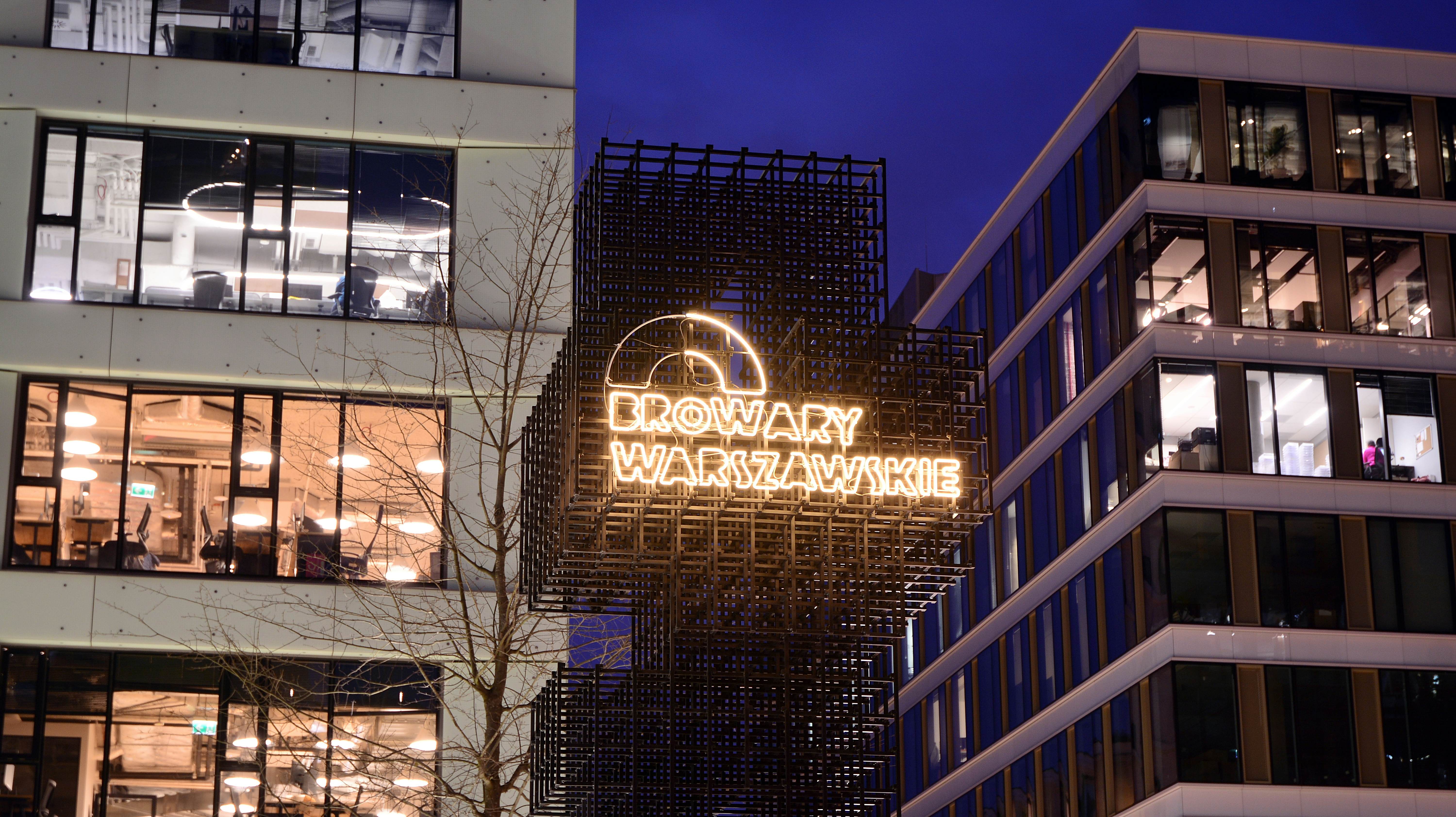
13. Dive into the Warsaw’s cool bar scene
The Polish capital has an amazing variety of bars, and Śródmieście (or Downtown) is the epicenter of the action. For the best food hall drinking experience check out Fabryka Norblina, with 23 outlets set inside a former 19th-century metal goods factory.
Nearby, the Browary Warszawskie complex is another social hot spot, with craft beers brewed on-site and all sorts of culinary treats on offer. For glamorous drinking with a view head to Panorama Sky Bar on the 40th floor of the Marriott Hotel.
Live music and excellent cocktails await at Klub SPATiF, a super-cool hangout for the arty and theatrical set. Close by is Cuda na Kiju, a buzzy bar with craft ale, set inside the former Communist Party headquarters.
Detour: Visit the Praga district for the most authentic local bars. Łysy Pingwin is a classic dive bar with low tables made from wooden crates and a jumble sale atmosphere. Another popular pick is W Oparach Absurdu, sporting an eclectic, bric-a-brac-filled interior.
14. Go window shopping along ul Mokotowska
For an insight into the tastes of Warsaw’s monied set, browse the boutiques and chic places to eat and drink along ul Mokotowska. Starting from the northern end of the street near Plac Trzech Krzyzy, first pause at jewelry shop Lilou, which specializes in charm bracelets and sells wonderful silk-print scarfs with images of Poland.
At the tiny, elegant Mo61 Perfume Lab you can create your own unique perfume from bottled scents produced in Grasse in the south of France. Opposite is Grono, a smartly designed and stocked wine shop and bar that has street-side seating in the warmer months.
Next door, L37 sells handcrafted women’s shoes designed and mostly made in Poland. At the Plac Zbawiciela end of ul Mokotowska, check out the contemporary fashions of designer Patrycja Wąsala-Oponowicz at Wasalaa and the wardrobe essentials at 303 Avenue.
Planning tip: Spoil yourself with a sweet bakery treat at cozy Słodki Słony, part of a flower-decorated stable of dining outlets styled by celebrity restaurateur Magda Gessler. Next door, pick up handmade soups, sauces, pickles and more at the rustic deli Gar Nasz (meaning "our pot").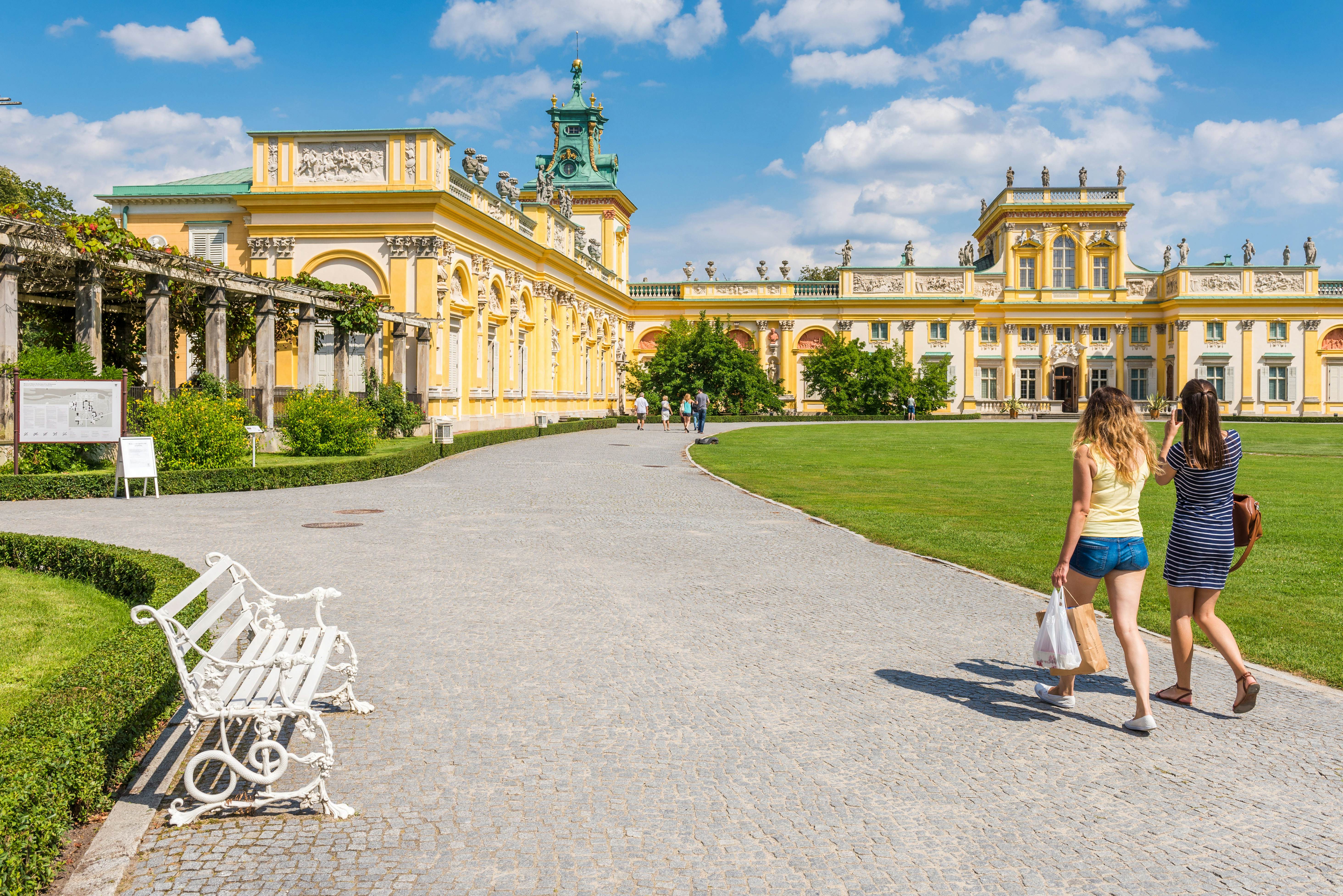
15. Stop and smell the roses at Wilanów Park
The Wilanów palace is the epicenter of a splendid 110-acre park, which contains a variety of elegantly landscaped features. The central section of the park contains a manicured, two-level baroque Italian garden, which extends from the palace down to an attractive lake.
From here you can view murals on the palace’s rear exterior, including a 17th-century sundial with a bas-relief of Chronos, the ancient Greek god of time. There’s also a Renaissance-inspired rose garden from the 19th century and the Orangery garden, which is dotted with contemporary sculptures.
16. Explore the treasures of Polish art at the National Museum
The National Museum will come as a revelation for anyone unfamiliar with Polish art and design. The diverse exhibits include Europe’s only permanent show of medieval Nubian paintings and superb art from the 19th to the early 20th centuries. Not to be missed is The Battle of Grunwald, a 10m-long (32ft) epic canvas painted by Jan Matejko in 1878.
The Gallery of Medieval Art showcases Christian images, including gilded altarpieces and painted wood carvings from across Central Europe. The Polish Design Gallery is organized chronologically, from the early 20th century to the current times, with fine examples of ceramics, printed fabrics, furniture, toys and electronic devices.
Head to the 2nd floor to view the Old Masters Galleries and dazzling decorative arts and royal regalia, such as the gilt- and fur-trimmed coronation mantle of Augustus III.
Planning tip: In the museum’s basement, you can pause for a modern Polish meal at Muzealna.
This article was adapted from Lonely Planet’s Poland guidebook published in July 2024.




























